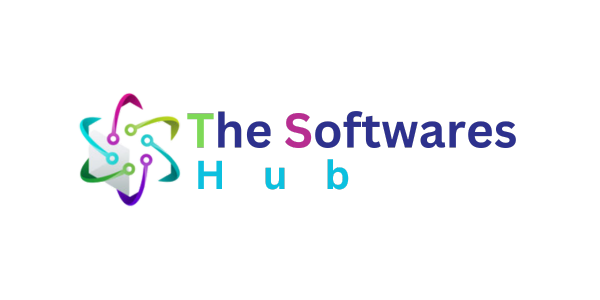Standards and Protocols in Data Communications

INTRODUCTION
Global standards protect users from incompatibility problems between competing suppliers and government-sponsored systems. While providing an introduction to the most important standards bodies and their historical background in the world of data communications it also discusses the new and emerging multimedia-dominated applications. Several standard protocols for file interchange, in particular those associated with the Internet and electronic commerce (e-commerce), are covered in detail.
International Organization for Standardization (ISO)
Established in 1947, the ISO is a collection of national standards bodies from around the world. Each country is allowed one representative standards body as a member and shares in the running costs of the organization. The agreements reached within the ISO are published as agreed international standards (the initials ISO are not an acronym but come from the Greek word “isos,” or equal). All technical fields are covered (there are approximately 2850 committees) by ISO except electrical and electronic engineering, which is the responsibility of the International Electro technical Commission (IEC). Joint committees formed with the IEC produce standards in the information technology fields. isaimini
The Internet
The Internet is extraordinary in the sense that it began (and mainly continues) as a collection of voluntary and, in the main, open bodies collectively determining the current direction and future of the most important networked system in the world today. The Internet Society (ISOC), which was established in 1992 as the need for some control was appreciated, consists of professional Internet experts who concern themselves with policies and oversee a variety of boards and task forces dealing with Internet issues
Standards bodies
No standard will survive for long if there is no organization to support and promote its use. Some of these are supported by government funding but a surprisingly important sector is not. These are voluntary and unpaid collections, not only of companies but also of scientists, researchers, and other interested parties. There are several of primary importance to the data communications world and particularly the future of the Internet; this section discusses these key organizations. Perhaps the most important are the ITU and the International Organization for Standardization (ISO).
The World Wide Web Consortium (W3C)
The World Wide Web is, without doubt, the most popular application ever to be placed upon the Internet. It consists of multitudes of files scattered across the globe on millions of computers. The Web began life at the European Particle Physics laboratory in 1989 when Tim Berners-Lee wished to exchange data with fellow scientists (Berners-Lee et al., 1994). In 1994 he made agreements between MIT and CERN to develop the Web with support from the European Commission and DARPA. The W3C collects ideas from around the world to form a view of future directions for the WWW.
ATM Forum
Although standards for ATMs have been in place since 1984 under the auspices of the ITU-T it was not until 1991 that the ATM Forum was established to promote this broadband technology as the packet-switching technology for high-speed data exchange. (ATM is particularly suited to multimedia applications because it allows different data rate streams to operate concurrently.) Like so many of its counterparts, the Forum is an international voluntary organization that makes “recommendations.”
Masstamilan is a popular website that offers Tamil songs for free downloads. It is a go-to platform for Tamil music lovers to find their favorite tracks easily.
Conclusion
It is not possible to cover them all in the space provided; therefore, I have focused on those that have or will have the greatest impact on the development of the Internet. This chapter discussed the new and emerging standards associated with e- and m-commerce. This is an area where standards will continue to develop as the concepts of electronic shopping malls become more popular and e-banking becomes the norm. Wireless applications are in their Internet infancy and awaiting broader bandwidths.




